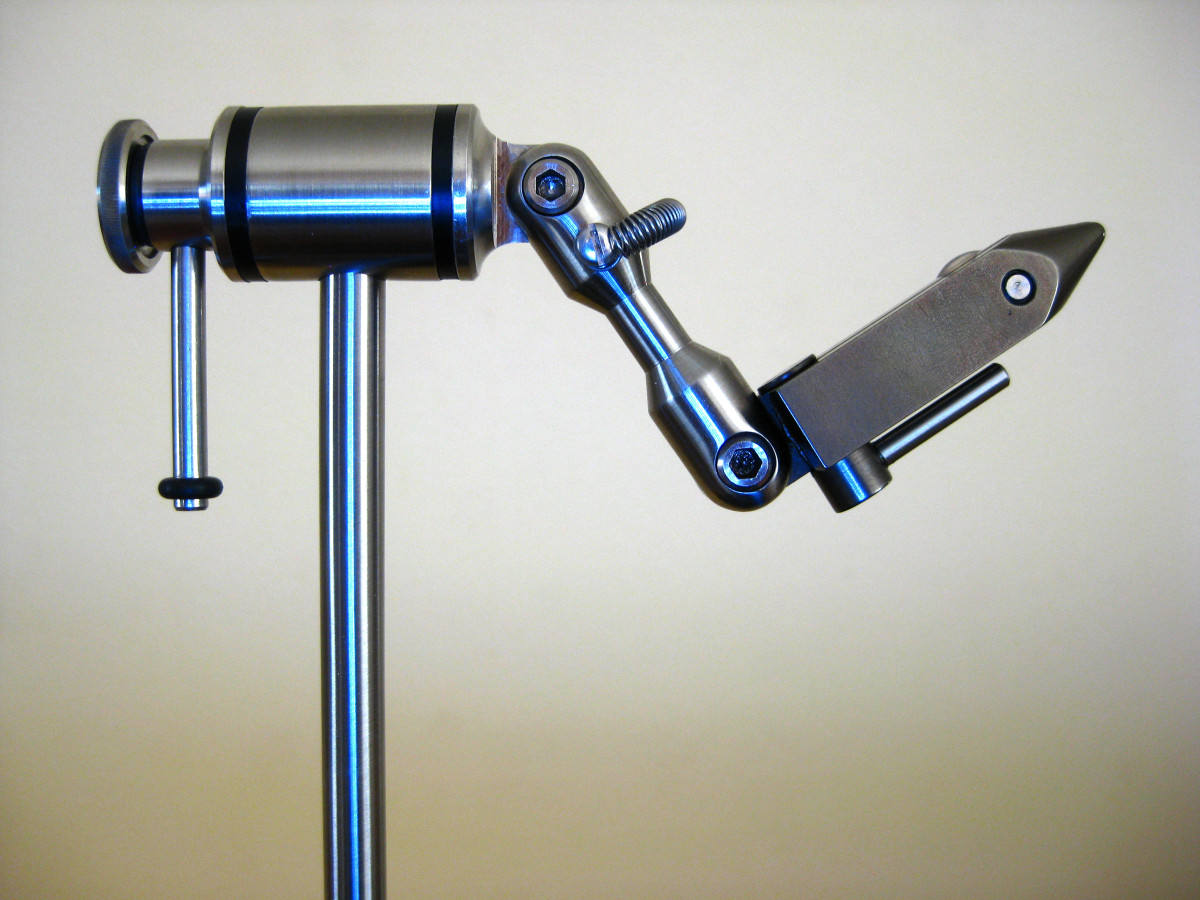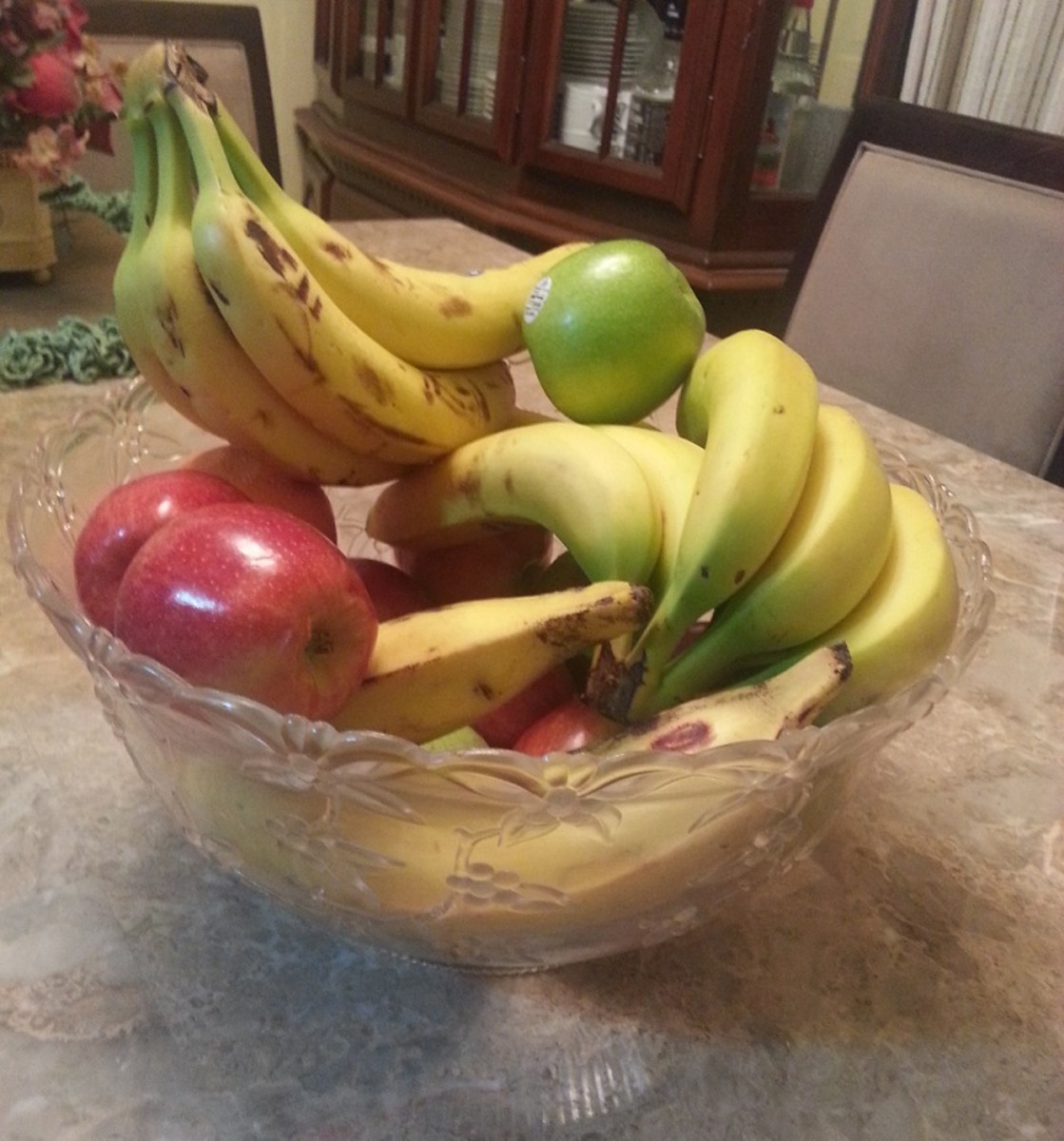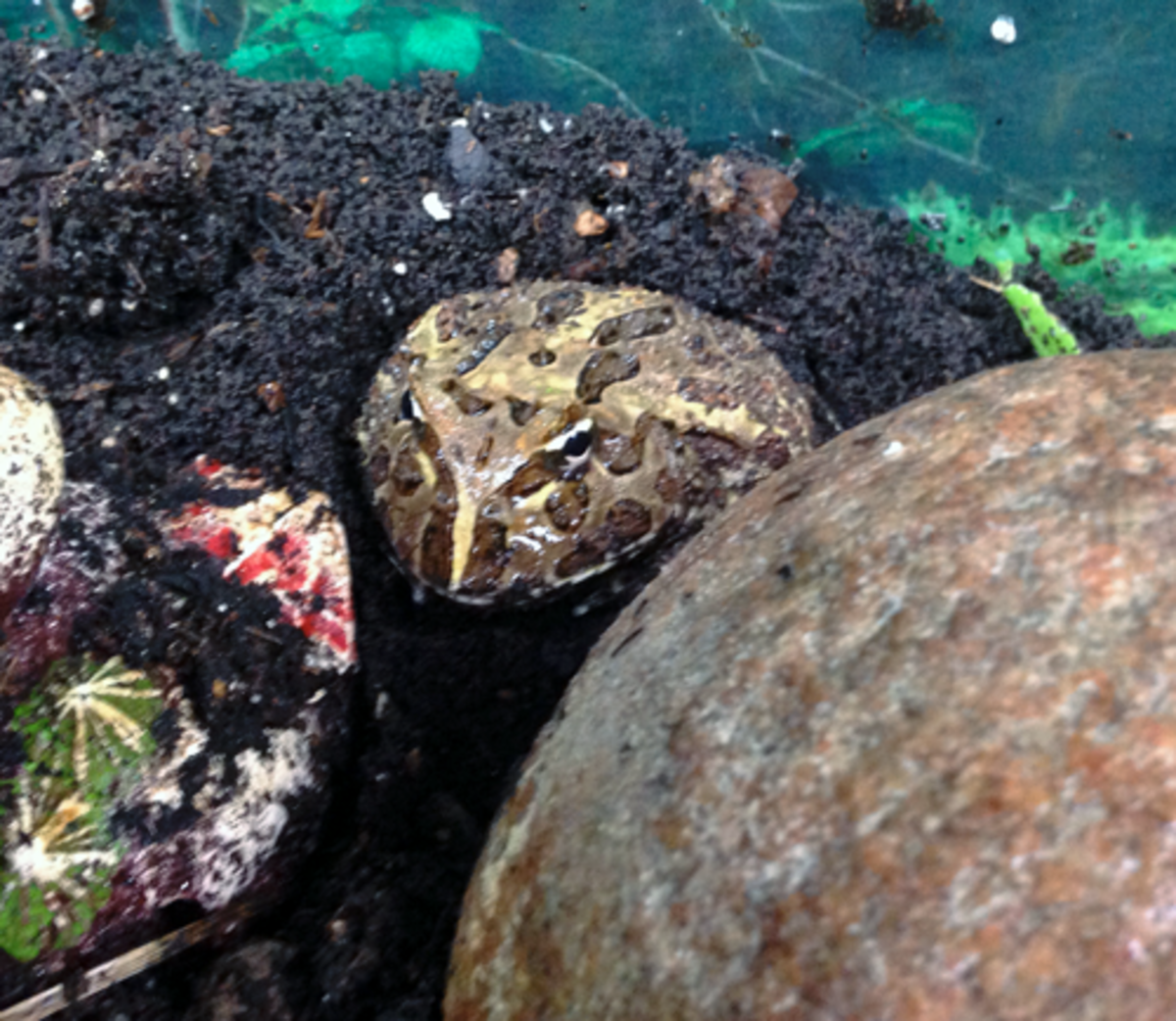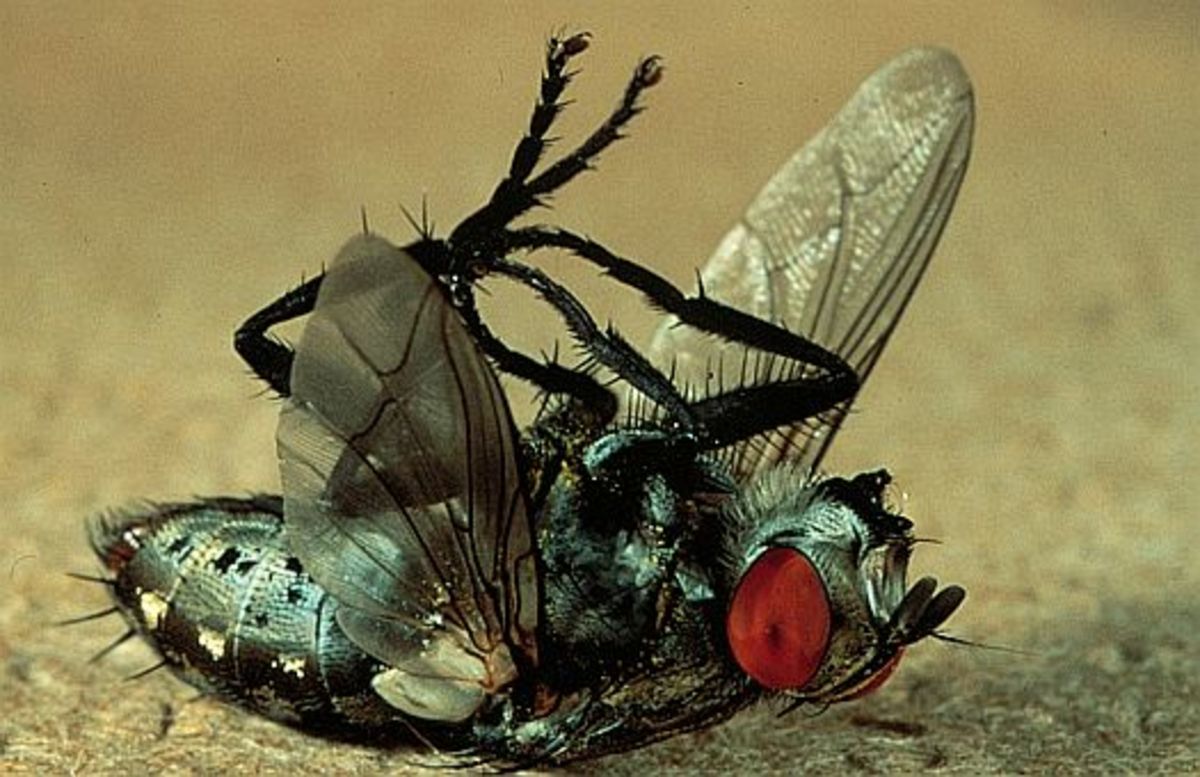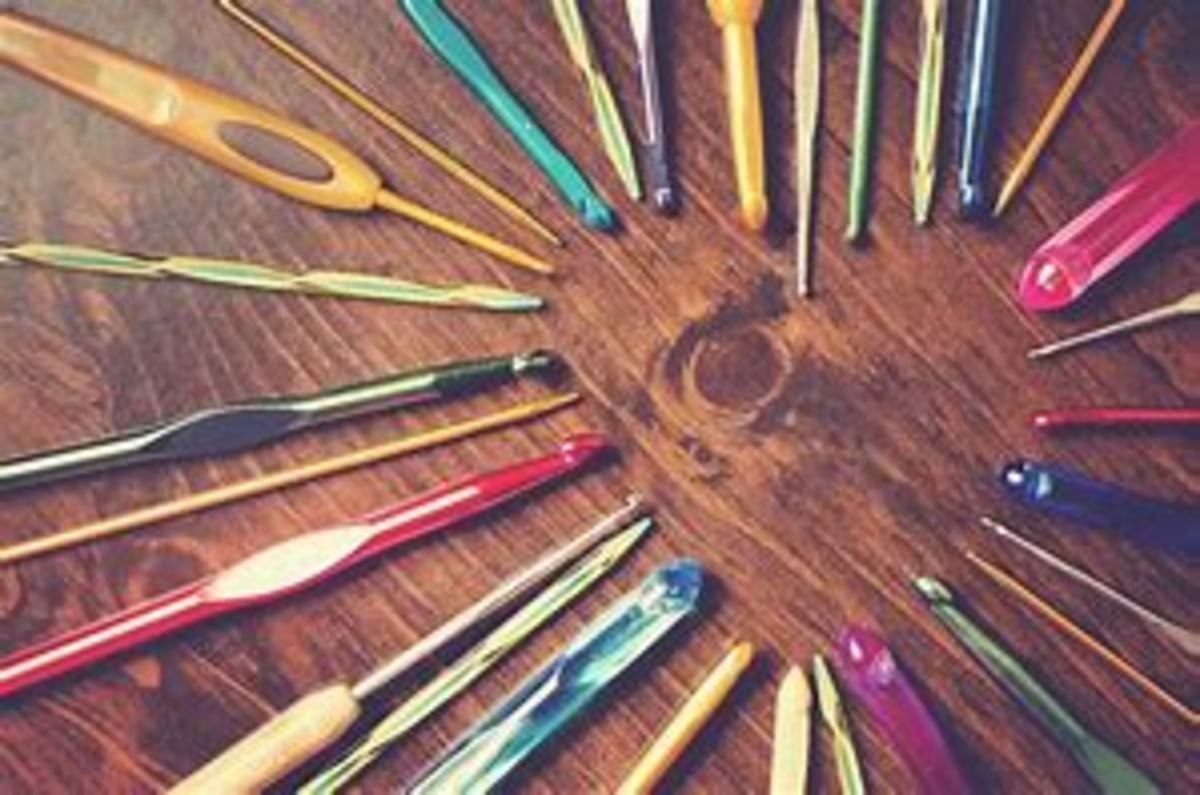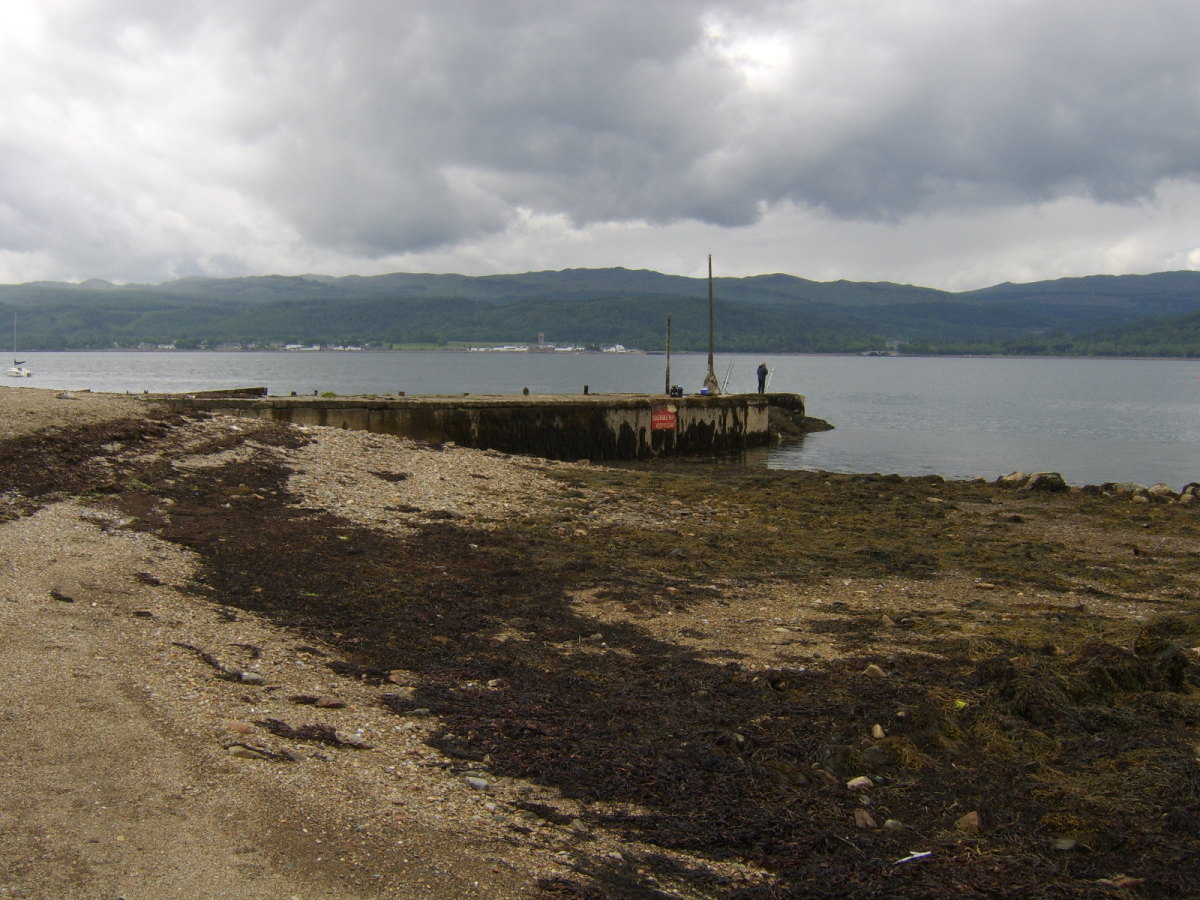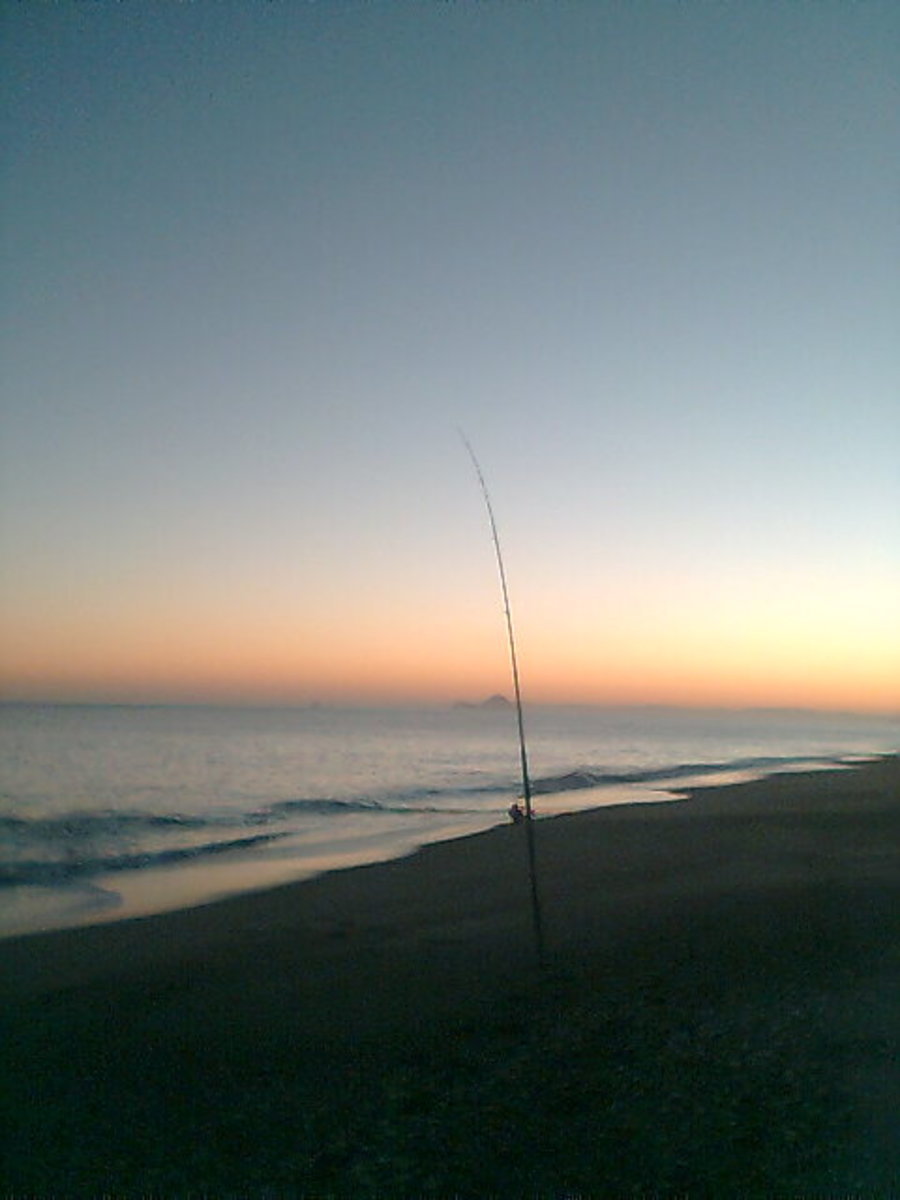Fly Tying Materials For The Beginner
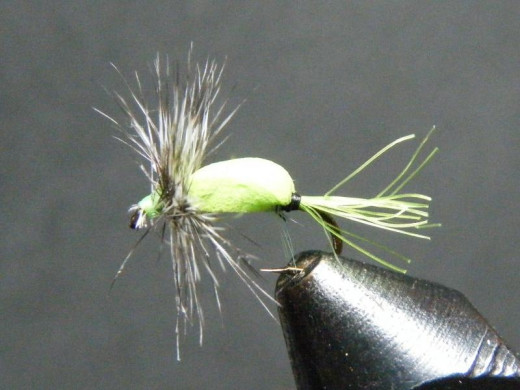
Know Your Flies
There are a myriad of written and video mediums on the internet showing the fly tier how to tie specific flies. I would recommend reading/viewing the information for your specific fly and purchasing the respective materials. Keep in mind that most of this tying information uses brand specific materials. Whatever your source, chances are that not all of the exact material will be stocked. Do not be afraid to substitute materials if you cannot find them from single or multiple sources.
My article cannot possibly capture all of the materials involved with tying various flies. That said, there are some standard materials used for all flies that the beginning fly tier should have some knowledge of prior to purchasing. The rest of my article deals with these materials. The materials are hooks, thread, hackle feathers, and miscellaneous material. Generally, I do not promote brands. However, there are certain brands that will make fly tying much easier for the beginner, so I unabashedly have discussed them.
Hooks
There are many types and sizes of hooks. They range is size from 24 (smallest and about half the size of pencil lead), to 4/0 (about two and a half inches in length). Actually, there are even smaller and larger hooks, but this range is about the extent used for tying flies. When looking at references for tying a particular fly, pay attention to the hook size it was tied on.
In truth, you can tie a fly on just about any type of single hook. I would recommend hooks designed for fly tying, at least for dry flies. Dry fly hooks have a lighter gauge wire that allows a fly to float easier. Also, if you are a catch-and-release fisher, hooks designed for fly fishing tend to have lighter barbs that can be compressed or have no barbs at all. If you fish in saltwater, stainless steel is a must in order to avoid corrosion.
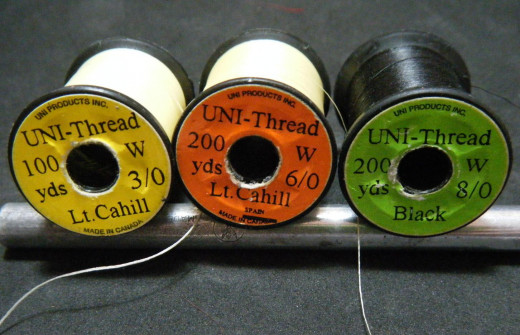
Thread
Thread is used to attached the materials to the hook in nearly all flies. The uniqueness with fly tying thread is that it needs to be strong enough to withstand the rigors of tying materials to the hook while lying flat on the hook to avoid build up. Thread manufacturers go about achieving this in several ways, but to cut to the chase, I would recommend the Uni-Thread brand for the beginner. It has multiple loose fibers that make the thread very strong (breaking thread while tying can be very frustrating). It also lies flat on the hook and on the materials. It tends not to cut synthetic foam when tying foam flies. About the only disadvantage is that the thread is limp and difficult to thread through the bobbin. A bobbin threader is a good investment when using this brand of thread. The thread comes in three thickness. They are 8/0, (pronounced eight ott), 6/0, and 3/0. 8/0 is best for flies with hooks sizes 14 or smaller, 6/0 for hooks sizes 12 to 8, and 3/0 for sizes 6 and larger. Don't get hung up on using the exact color of thread that the specific fly source lists. If you have at least black thread and white thread, you can tie flies. Other colors are nice. As you discover certain flies that you really like to tie and if they require a different color, you might consider expanding to the respective color.
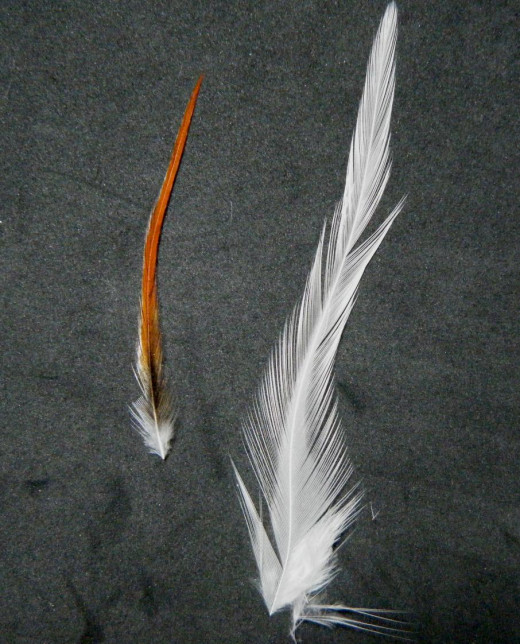
Hackle Feathers
A hackle feather is an elongated feather. It is found on either the neck or back of a rooster. From the neck they are called "neck hackles", while from the back they are called "saddle hackles". Generally, neck hackles are tied on smaller, dry flies, while saddle hackles are tied on larger, wet flies such as the woolly bugger. Both hackle types wrap around the hook in a manner that the individual barbs separate from the stem or rachis that runs the entire length of the feather. Individual barbs of the hackle feather lack hook and catches so that the barbs easily spline out. For dry flies, the more barbs per unit of rachis and the stiffer they are, the better. Why? Because the more barbs that spline out the more surface tension they create and assist the fly in floatation. Neck hackles have more barbs than saddle hackles. Saddle hackles have fewer barbs and sometimes can have hook and catches that prevent the barbs from separating well. Hence saddle hackles tend to be used on wet flies or if on dry flies, are on poppers that rely on the wood or foam body of the fly for floatation. Hackles feathers are expensive, especially neck hackles. The temptation is to go with less expensive feathers, usually from India or China. Hackle feathers coming from these locations have fewer barbs per rachis unit of feather and they tend to be soft. In short, you will tie a fly with fewer barbs and will need to use more hackle feathers. It is difficult to tie multiple hackle feathers on one fly. American brand hackle feathers have been around for decades. They have been breeding roosters to achieve free, densely packed barbs in their hackle feathers. These really are the feathers to purchase. Popular brands from the United States include Metz, Whiting, and Keough.
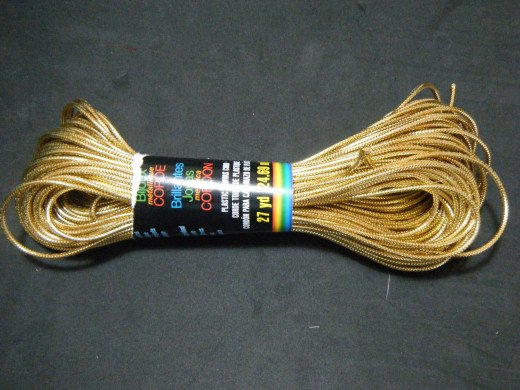
Craft Stores and Sewing Shops
Some materials, especially synthetics, can be purchased at craft stores and sewing shops. Materials at these stores are usually less expensive and more accessible than fly stores or mail order. Typical materials found in craft or sewing stores include 2mm wide foam sheets, mylar piping, glass, copper, and brass beads, yarn, silk floss, and brass wire. Craft fur, commonly used for saltwater flies, can be found at craft stores. Sometimes feathers, such as peacock herl, are available. When I am attempting a new fly, the craft or sewing shop is my first stop.

